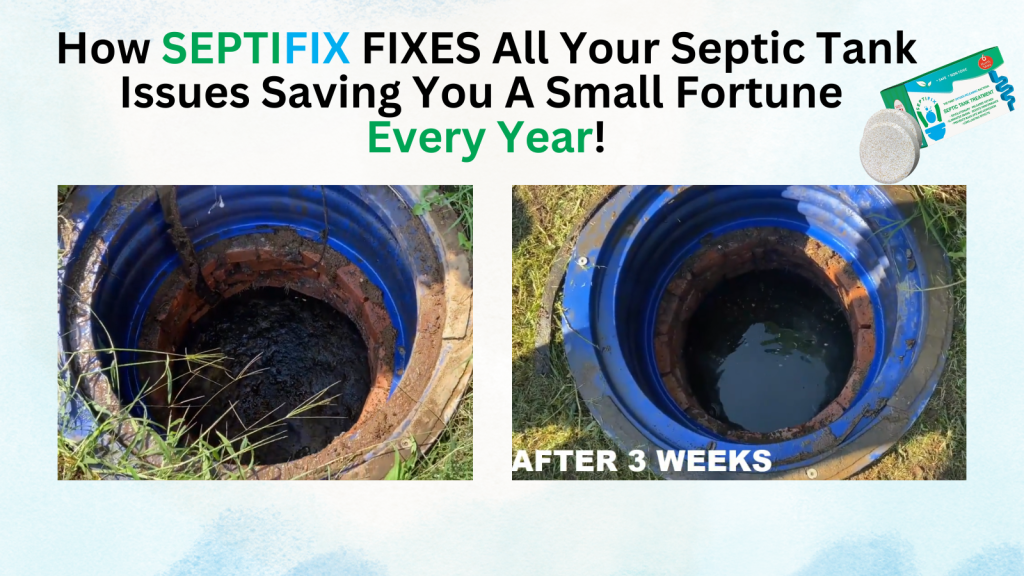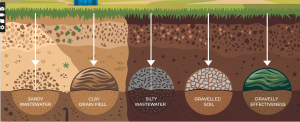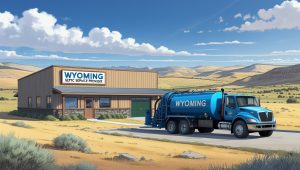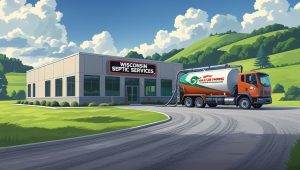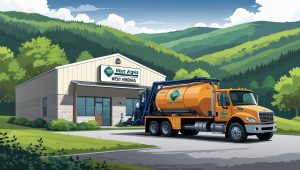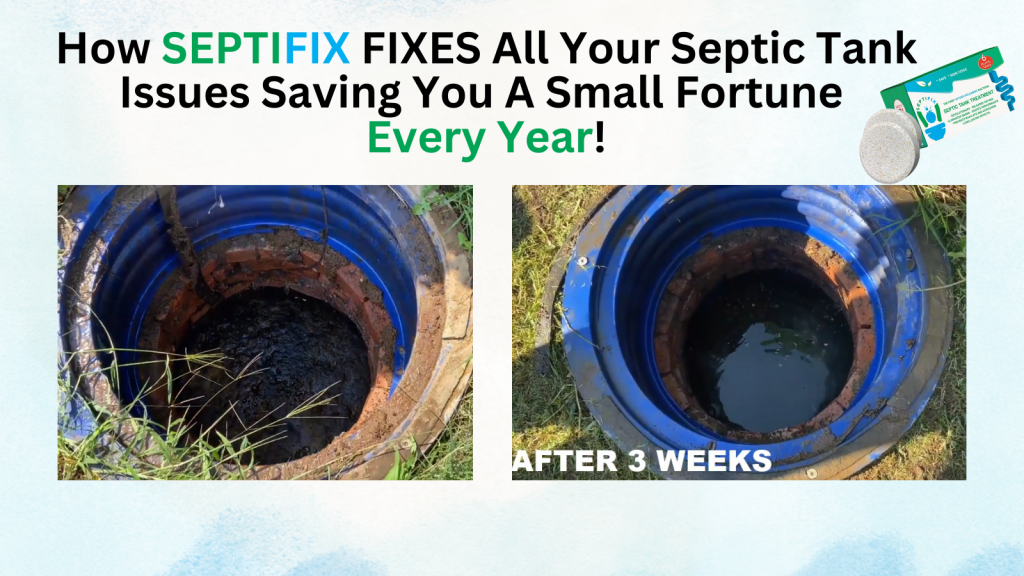When your septic system fails, every second counts. Backup in your drains, sewage smells in the yard, or soggy patches in the grass can quickly become health hazards and expensive repairs. This guide offers DIY emergency septic fixes that homeowners can try when time is short and help is on the way. You’ll learn what to do, what not to do, and how to manage septic issues safely and effectively in a pinch.
Table of Contents
- Common Emergency Septic Problems (And What You Can Do)
- What Not to Do in a Septic Emergency
- When to Call a Professional
- Contact Info and Resources
- FAQs
- Septifix
- Septic Permit Links by State
Common Emergency Septic Problems (And What You Can Do)
1. Backed-Up Drains or Toilets
When wastewater returns instead of going down, it’s often due to a clogged pipe or an overwhelmed tank.
DIY Fix:
- Stop using all water in the house immediately.
- Use a toilet auger or plunger on the nearest drain to clear shallow blockages.
- Remove visible debris from outdoor cleanouts, if accessible.
- If you suspect a full tank, reduce water usage until a professional can inspect.
Pro Tip: Don’t use chemical drain cleaners—they can damage pipes and kill beneficial bacteria in your tank.
2. Sewage Odors Indoors or Outdoors
Foul odors may signal a blocked vent pipe, failing tank, or surface-level wastewater near the drainfield.
DIY Fix:
- Check the roof vent stack—a blocked stack can trap gases inside your home.
- Pour hot water mixed with baking soda down drains to clear minor venting obstructions.
- Outside, inspect the area near your tank and drainfield for soggy spots or visible pooling.
3. Gurgling Sounds or Slow Drains
These usually signal early-stage clogs or an overloaded system.
DIY Fix:
- Space out water usage (wait between showers, dishwashing, laundry).
- Try a septic-safe enzyme additive to boost breakdown of organic matter.
- Inspect for tree roots or blockages around pipe access points.
4. Wet Spots in the Yard
A spongy yard, especially around the drainfield, can indicate system saturation.
DIY Fix:
- Redirect surface water away from the drainfield using temporary trenches or sandbags.
- Avoid parking, walking, or mowing over the area to reduce soil compaction.
- Check gutters and downspouts—make sure runoff isn’t heading straight to your system.
What Not to Do in a Septic Emergency
- Don’t open the septic tank lid yourself—it can be hazardous due to toxic gases.
- Avoid flushing anything “flushable”—wipes, hygiene products, and paper towels can worsen blockages.
- Don’t pump the tank during floods or standing water—this can collapse the tank or push it out of the ground.
When to Call a Professional
DIY can only go so far. Call a licensed septic technician if:
- You’ve had multiple backups in a short time
- Sewage is visible in the home or yard
- Your system hasn’t been pumped in over 3–5 years
- You smell strong sewer gas and can’t locate the source
Contact Info and Resources
- EPA SepticSmart Program – Official homeowner septic guidance
- National Onsite Wastewater Recycling Association – Find local professionals
- Local health department – Check for system records and emergency help
Conclusion
Emergencies are stressful, but a few quick DIY septic system fixes can help reduce damage and buy you time. Always act cautiously and call a professional when needed. Don’t ignore small signs—catching issues early keeps your system running longer and saves money in the long run.
Need help with septic system maintenance? Check out our reviews of septic-safe products, tools, and treatments to keep your system in top shape.
Articles that may interest you:
Best Septic-Safe Toilet Papers
What Are Septic-Safe Products?
Chemicals to Avoid in Septic Systems
FAQs
1. What causes septic tank overflows?
Overuse of water, lack of pumping, or drain field failure are common causes.
2. Is it safe to use chemical cleaners in septic tanks?
No, chemical cleaners can kill beneficial bacteria and disrupt the septic process.
3. How can I prevent septic system odors?
Use septic-safe cleaners, maintain proper ventilation, and schedule regular inspections.
4. How often should I pump my septic tank?
Every 3–5 years, depending on usage.
5. What should I avoid flushing into my septic system?
Avoid wipes, diapers, feminine hygiene products, and grease.
Septifix
